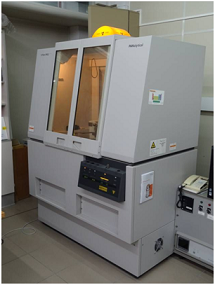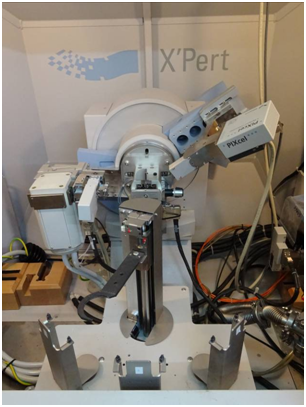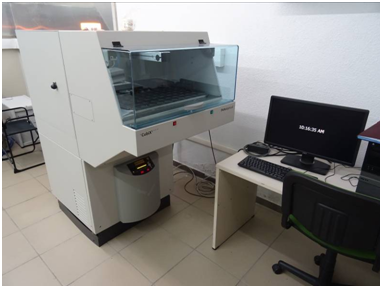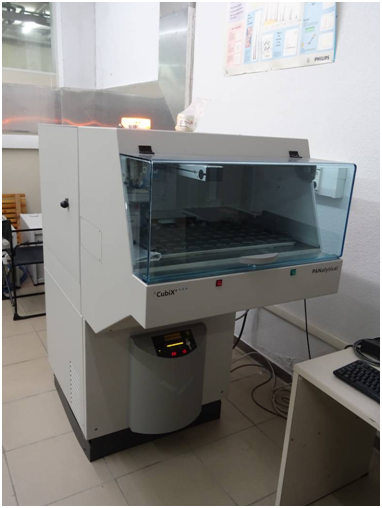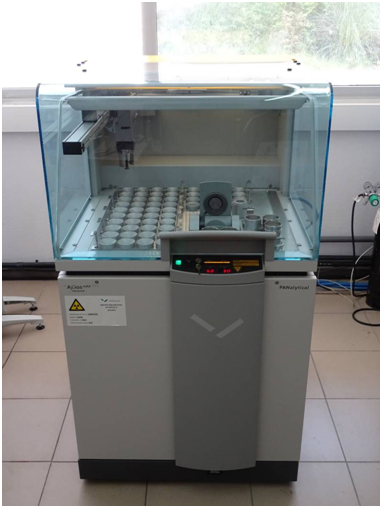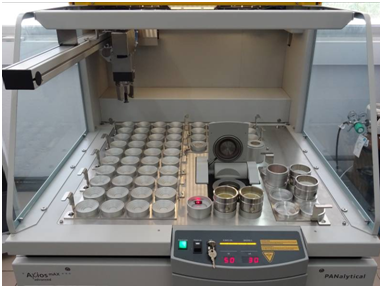GENERAL X-RAY SERVICE OF THE UPV/EHU: ROCKS AND MINERALS
EQUIPMENT
- Panalytical X'Pert, PRO, Polycrystalline sample diffractometer with theta-theta geometry. The system has a programmable slit, a secondary graphite monochromator adjusted to copper radiation, PixCel solid-state fast detector set to an active length of 2θ of 3,347º. It has an automated system with a sample changer for 45 positions.
- Panalytical Cubix, automatic polycrystalline sample diffractometer with theta-theta geometry, copper radiation and PixCel rapid detector. It has an independent sample loading system with two trays of 30 positions each. The equipment allows quick measurements of a large number of samples, it is an optimized system for contrasting diagrams and identifying the main phases of the samples to be analyzed.
- Panalytical Axios mAX advanced, Sequential Fluorescence Sequence X-ray Wavelength (WDXRF), equipped with automatic sample changer, vacuum measurement system, Rh tube and three detectors (gas flow, scintillation and sealing of Xe).
X-ray diffraction:
- Measurement and treatment of diffractograms: Using the specific software of the equipment, the measurement programs are prepared according to the needs of the users.
- Phase identification: For users who require it, phase identification is carried out using specific software, in combination with the ICDD PDF2-4 database.
- Mineralogy of clays by XRD of oriented aggregates: The procedure includes the separation of fine fractions, preparation of oriented aggregates and specific treatments thereof, identification of groups of minerals in the clay, etc.
X-ray fluorescence:
- Quantitative chemical analysis of major elements in geological and related samples (rocks, minerals, soils, ceramics, refractories, cements, etc.), on bordered glass beads, with well-characterized international patterns of rocks and minerals.
- Qualitative and semi-quantitative chemical analysis (fundamental parameters software) of solid samples, small metal parts, pressed powder tablets, etc.
- Calculation of the loss by calcination.
More details:
- Data presentation: the results obtained are sent to users in the form of reports, graphs and / or tables. Likewise, these users are provided with information regarding the equipment used, measurement conditions, the methodology followed for preparing the samples, etc.
- Training is offered through specific courses, as well as teaching support in different grades and masters
- Internal work is carried out for Research groups at the UPV/EHU, as well as for other IPOs and also for companies and private centers.


